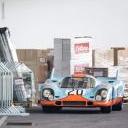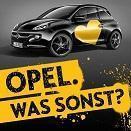-
Contenuti simili
-
Il futuro dei siti produttivi Stellantis 1 2 3 4 840
Pubblicato da The Summarizer,
- stabilimenti
- psa
- (e 1 altro in più)
- 8391 risposte
- 1271263 visite
-
Fiat -> FCA -> Stellantis - Filosofia su una holding multinazionale 1 2 3 4 135
Pubblicato da espresso,
- 1343 risposte
- 123630 visite
-
Scelte strategiche gruppo Stellantis NV 1 2 3 4 1140
Pubblicato da 4200blu,
- newco
- stellantis
- (e 2 altri in più)
- 11393 risposte
- 1881929 visite
-
-
-



.thumb.jpg.902d2a4f20a129e92b6f6920407b81bd.jpg)





















Messaggi Raccomandati: